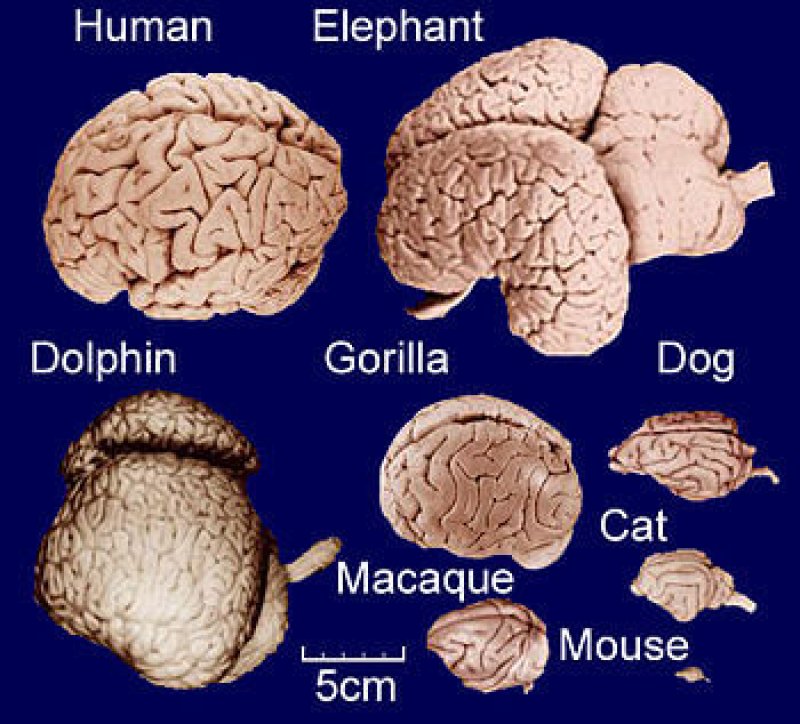Some parts of our genome have evolved at particularly high speed, quickly accumulating mutations that distinguish them from their counterparts in chimps. You can find these regions by comparing different mammals and searching for stretches of DNA that are always the same, except in humans. Scientists started identifying these “human-accelerated regions” or HARs about a decade ago.
It’s tempting to think these fast-evolving enhancers, by deploying our genes in new formations, drove the evolution of our most distinguishing traits, like our opposable thumbs or our exceptionally large brains. There’s some evidence for this. One HAR controls the activity of genes in the part of the hand that gives rise to the thumb. Many others are found near genes involved in brain development, and at least two are active in the growing brain. So far, so compelling—but what are these sequences actually doing?
To find out, J. Lomax Boyd from Duke University searched a list of HARs for those that are probably enhancers. One jumped out—HARE5. It had been identified but never properly studied, and it seemed to control the activity of genes involved in brain development. The human version differs from the chimp version by just 16 DNA ‘letters’. But those 16 changes, it turned out, make a lot of difference.
Embryonic mice start building their brains on their ninth day of life, and HARE5 becomes active shortly after. The team saw that the human version is more strongly active than the chimp one, over a larger swath of the brain, and from a slightly earlier start.
Read full, original article: Fast-Evolving Human DNA Leads to Bigger-Brained Mice































